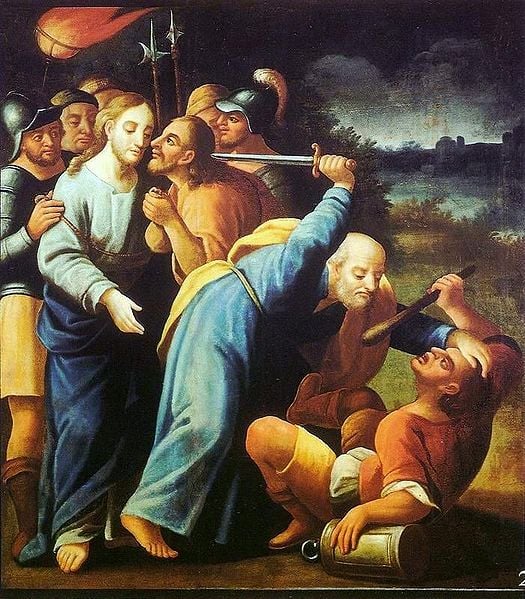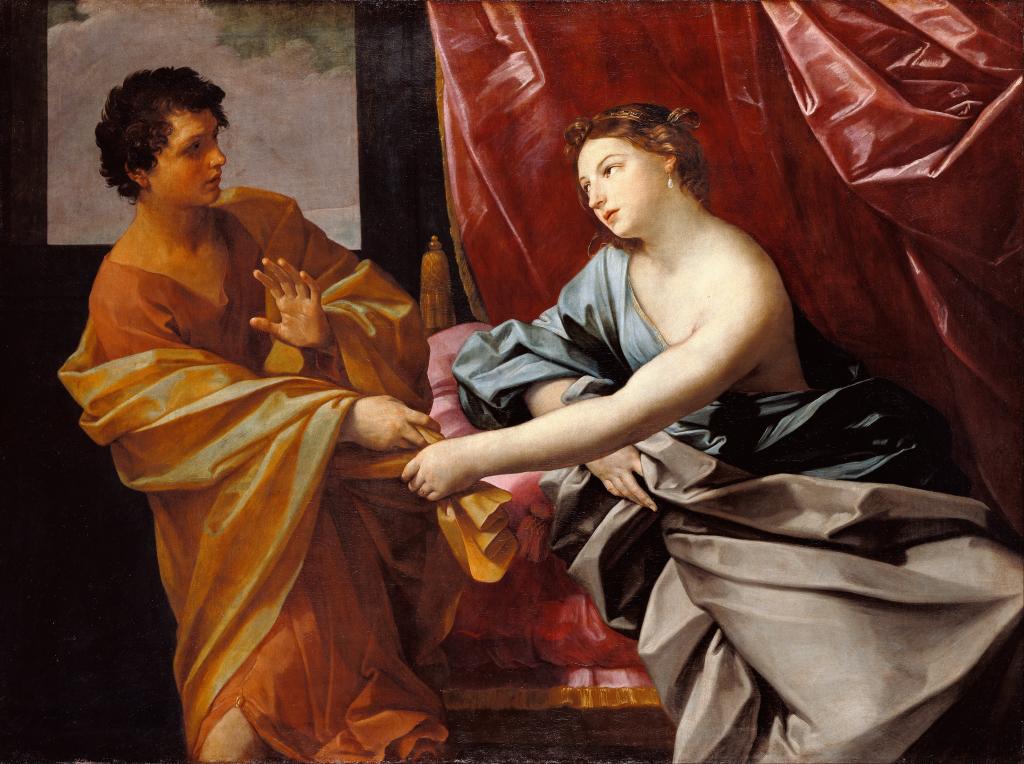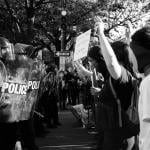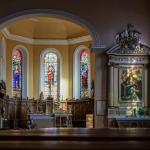I’ve been thinking a lot about virtual religious communities lately. Maybe the virtual religious communities that are popping up everywhere on the web and social media are really not so new. Or, maybe more accurately, they have a long history in the U.S., though today they’re taking new, electronic forms. I’ve been reading the diaries of nineteenth-century religious women and men, some Mormon, some of other faiths. It was Nancy Peirson’s diary that started me on this train of thought. Her diary spans the years 1847 to 1851. It is a poignant account of a woman who longs to be with fellow believers, but can’t be. While most of her extended family, as well as two grown daughters had “gathered” with the church in Utah, Peirson lived in western Massachusetts with her non-believing husband and younger son and daughter. Early on in her diary, she spends much time yearning to be with “the Saints,” as she calls them. She is impatient for letters from her daughters, extended family members, and Mormon friends, letters that bring her the latest news of life in Utah. She reads voraciously from church periodicals and church works like the Book of Mormon and “The Voice of Warning.” She has dreams about her religious journey. She lives simultaneously in her day-to-day life and her imagined religious community. Through these text-based connections she creates a virtual religious community, an idealization of a place that did actually exist in Utah, but not in the perfected form Peirson imagined.
I was describing to a fellow researcher how Peirson had created this internal, imagined world for herself—how powerful it was in her life and how poignant it was to read about. This researcher responded that it was an interesting phenomenon because so much of religious experience was about community life and communal experience. I agreed, but the comment then got me thinking about whether Peirson’s experience was all that unusual. I began to see the inklings of imagined, virtual communities everywhere I looked.
I see these imagined, idealized communities as part of the millennial impulse that may originate in the Reformed Protestantisms of the colonial period—think Winthrop’s “City Upon a Hill” sermon—but which really took off in the early nineteenth century religious revivals of the Second Great Awakening. Born in the era of post-Revolutionary optimism, early Mormonism (along with many other burgeoning American religious groups) was profoundly apocalyptic. Joseph Smith urged members that the end times were close and that after the final battles between good and evil, the chosen people would soon be living in a divine millennial community. Peirson was so eager to get to Salt Lake City because she wanted to be with her people at the end. She saw the Mormon community as a precursor to that final perfection; she saw it as the closest thing to this millennial perfection.
When apocalyptic predictions didn’t pan out, these millennial visions transformed. For some groups, this vision shifted into postmillennial reform work like abolition and temperance—the idea that Americans could create these perfected religious worlds themselves. But I wonder if the tendency to create imagined, idealized communities like Peirson’s remained, maybe even intensified. Christians of all stripes continued to envision the possibility of a perfected community and perfected interactions that transcended the daily reality in people’s lives and brought them to a place they would never get to physically because it did not exist in the earthly world. And I wonder if these imagined communities are an essential part of these religious communities. They give people an aspired ideal to live by and promise them that they can find something better, not just in the afterlife, but in the here and now. I wonder if the phenomenon of web-based religious communities is an electronic expression of this tendency in American Christianities. People connect with each other to create an imagined space where they live and share their beliefs, but without the messiness of face-to-face interactions. They create millennial electronic moments.
These older, idealized communities like Peirson’s were and are part of physically located religious communities. Nancy Peirson’s diary is also poignant because it records her ultimately unsuccessful battle with cancer. As she goes from doctor to doctor trying different medicines and operations, her focus shifts away from her internal and perfected Mormon world. That world disappears from the pages of the diary to be replaced by accounts of her health and how her local family members and friends, non-Mormon and Mormon, tend to her in her times of need. The diary ends in 1851 with no explanation. We don’t know if she stopped writing at some point, perhaps overwhelmed by her health problems, or if other journals have been lost. We do know that she died in 1852 on the Platt River in Nebraska on the way to her longed for religious community, no doubt attended by her fellow Mormons. Peirson’s vision of her idealized community compelled her, in her last days, to find that religious community. Mormons took care of her because, like Peirson, they saw that this care as an integral part of their vision of heaven on earth. It remains to be seen whether electronic virtual communities can exist without people being able to experience the reality underneath idealized, imagined communities. I am doubtful.











